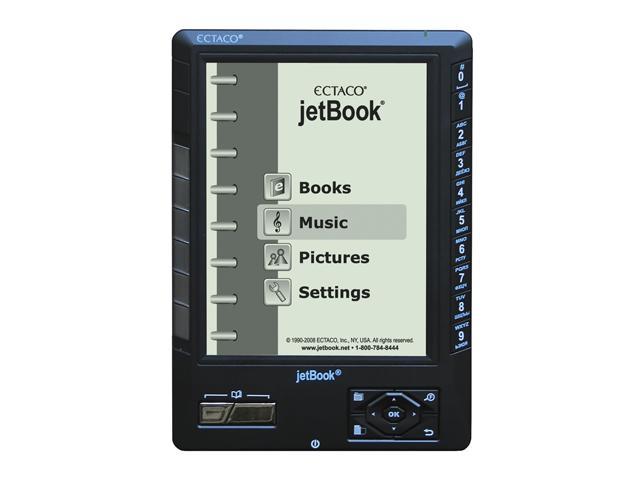 Foxit, a brand unknown to me before this, enters the eBook Reader market with a low-cost device called the eSlick.
Foxit, a brand unknown to me before this, enters the eBook Reader market with a low-cost device called the eSlick.It seems to be a no-nonsense, no-frills device along the lines of many I have covered here previously over the past year or more such as :
- Bookeen Cybook (covered recently)
- Astak Mentor and BeBook
- Netronix
- NeoLux
- Hanlin
You can see Engadget's review of it which builds on the PC World article.
The specs are fairly standard, including:-
- 6" E Ink® Vizplex screen 600 x 800 pixel resolution at 166 dpi, 4-level gray scale
- Size: 7.4" x 4.7" x 0.4" (188×118×9.2mm)
- Weight: 6.4 ounces (180g) battery included
- Color:Color: Black/Gray - (Back: Deep Gray)/White - (Back: Light Gray)
- Connectivity: USB2.0
- eBook Formats: PDF, TXT, Any printable document(after converted to PDF using included software)
- Sound Formats: MP3
- Internal Memory: 128MB
- Storage Memory: SD Card (2GB included. Supports up to 4GB)
According to Engadget/PCWorld it won't be available until January (talk about bad timing!), initially from the Foxit web-site, then later retail. So despite the low-price it won't make it into any Christmas stockings.
Based on Foxit being a software company, and this device being suspiciously similar to previous device designs, I'd say this is Foxit taking some of their PDF handling capability and branding an eReader from the same Outsourced Design & Manufacturing (ODM) firm that supplies those other similar devices.





















